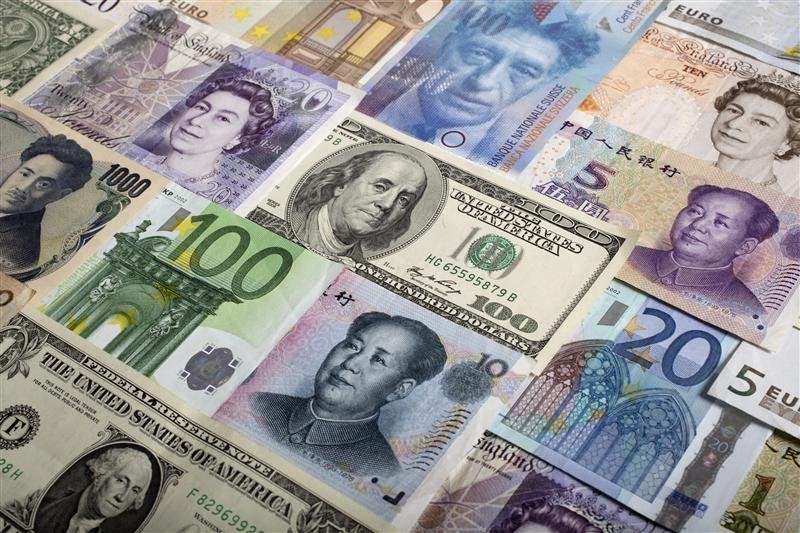BofA notes a record high in long positions on USD vs. EM currencies

Bank of America (BofA) analysts indicated that the prevailing bearish sentiment on Eastern Europe, Middle East, and Africa (EEMEA) foreign exchange (FX) is nearing its peak, particularly noting an exception for the Turkish lira (TRY).
According to BofA’s proprietary flow data, there is a record high in long positions on the U.S. dollar against emerging market (EM) currencies, which the analysts interpret as a contrarian signal that EM and EEMEA FX could soon start outperforming expectations, potentially beginning from February or March.
The report highlighted several currencies in the EEMEA region with a bullish outlook. The Polish zloty (PLN) is expected to strengthen due to a combination of a weaker dollar, a hawkish stance from Poland’s National Bank (NBP), and positive current account and foreign direct investment (FDI) inflows. The South African rand (ZAR) is also seen as bullish, with its undervaluation against the dollar poised to correct in a weaker USD environment.
In Turkey, the analysts are optimistic about the lira, citing tight monetary policy that supports adjustments in the current account, which should benefit the currency. Their forecast for the TRY is significantly more favorable than current forward rates.
The Israeli shekel (ILS) has a neutral outlook from BofA, with predictions aligning with forward rates for the second quarter of 2025. However, they acknowledged potential upside risks for the shekel if ceasefire deals in the region are fully implemented.
For the Czech koruna (CZK), the report suggests that the currency is likely to perform better than forward rates indicate, as the Czech National Bank (CNB) is expected to be cautious with its easing cycle in the short term, and a weaker dollar should provide additional support.
Lastly, the Hungarian forint (HUF) is anticipated to gain strength from the second quarter onwards, bolstered by credible new central bank leadership and fiscal policy, alongside the influence of a weaker USD.
This article was generated with the support of AI and reviewed by an editor. For more information see our T&C.







